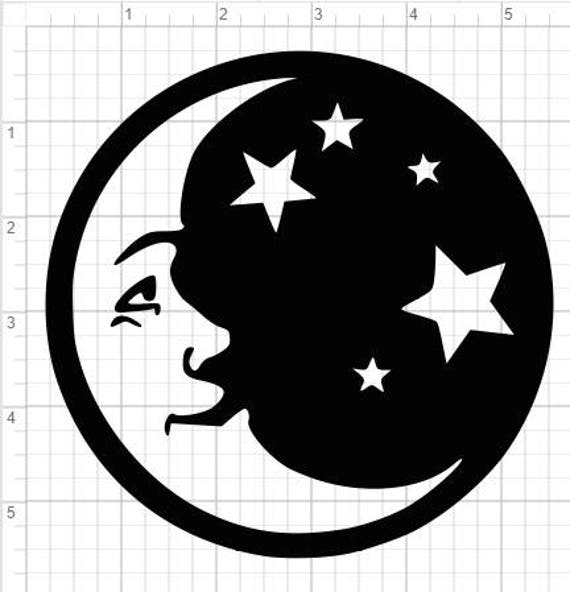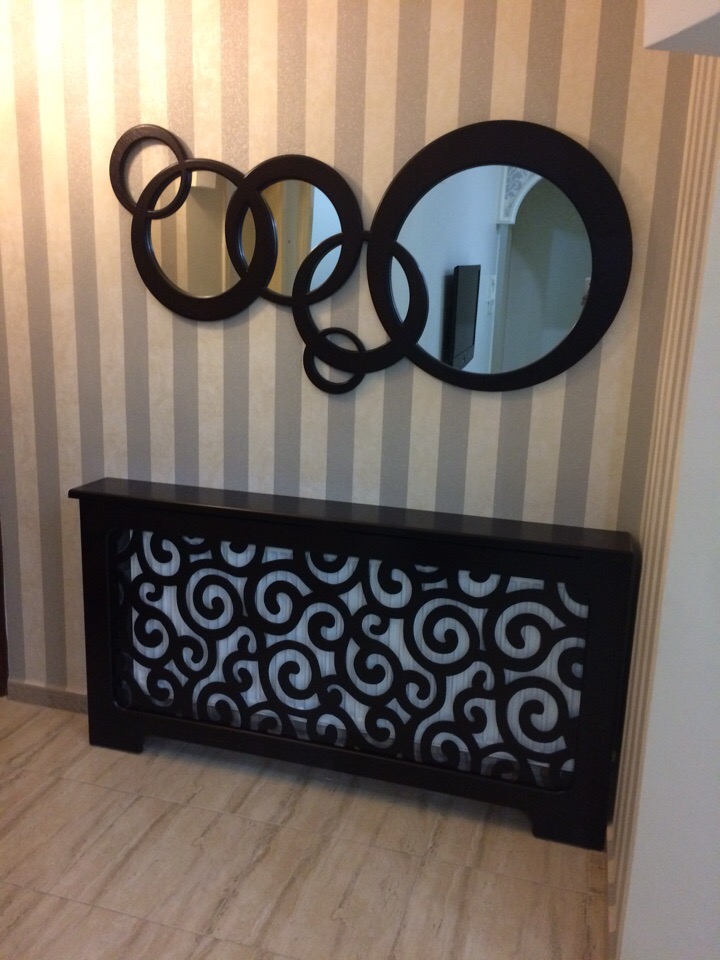

On my Ubuntu 20 system with Inkscape installed via snap, the script is executed as follows: /usr/bin/python3 /snap/inkscape/current/share/inkscape/extensions/dxf_outlines.py -output=file.dxf file. Looking at the source of dxf_outlines.py, the docstrings confirm that this script effectively outputs the R14 format: (2) Create a new drawing from design and scale properly. (1) In Fusion 360, extrude a sketch to a shallow body (even if you don't need 3D), or use any body in your design. I then learned that the Inkscape extensions live in their separate repository at. Here is another work-around that seems to be reliable to create dxf or svg files from sketches.

Msgstr "Desktop-Schneideplotter (AutoCAD DXF R14) (*.dxf)" Msgid "Desktop Cutting Plotter (AutoCAD DXF R14) (*.dxf)" Msgstr "Desktop-Schneideplotter (AutoCAD DXF R12) (*.dxf)" Msgid "Desktop Cutting Plotter (AutoCAD DXF R12) (*.dxf)" Creating DXF file is as simple as taking your Inkscape drawing and File menu > Save As > DXF.I had the same question and downloaded the Inkscape source from in order to understand the internal mechanisms.Ī full-text search for R12 and R14 revealed that these formats are exported using Inkscape extensions, dxf12_outlines and dxf_outlines, respectively (output shortened): $ grep R12 po/de.po -C 1 It will be easier to edit the SVG with Inkscape, than editing the DXF file (as far as I understand, although I could be wrong about that).

How to Draw a "Line" with Inkscapeīe sure to save an SVG file, before you save as DXF. Here's a tutorial I wrote - very long, a lot of text to read, but it gives a good introduction to vector paths. Or you can use the Node tool and join the nodes of paths that aren't closed. If you click in the tiny box at the beginning of the path, it will close the path, and prevent having separate segments (unless you need an open path, for some reason - then double-click to end the path). The Pen/Bezier tool is the ultimate vector path tool, and really most advanced Inkscape users and professionals use it predominantly.īriefly, you click where you want to place a node. If your drawing is all separate segments, it makes me wonder if you might be using the Pencil tool. To make precise drawings in Inkscape, I use either guides or a pixel grid and snapping.

Might find some tutorials or instructions. Also look into your hardware and software documentation.


 0 kommentar(er)
0 kommentar(er)
